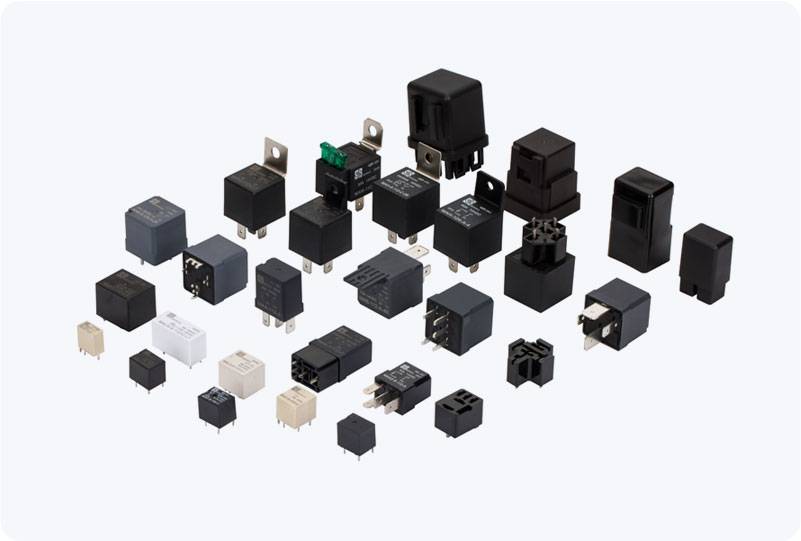Motor Starter Relay plays a crucial role in electrical systems, especially when it comes to controlling electric motors. It is an essential component in motor protection and control, ensuring that motors start, stop, and operate efficiently while being safeguarded against overloads and other potential hazards. This article will discuss the functionality, importance, and different types of Motor Starter Relays, highlighting their role in motor protection and overall performance.

What is a Motor Starter Relay? A Motor Starter Relay is an electrical device used to manage the operation of electric motors. It acts as a switch that connects and disconnects the motor from the power supply. Typically, it is part of a motor starter, which includes other components like contactors and overload relays. The relay ensures that the motor operates safely and efficiently, particularly in preventing damage from excessive current or mechanical failure. The primary purpose of a motor starter relay is to control the starting process of the motor. When the motor is required to start, the relay closes the circuit, allowing current to flow through to the motor. When the motor is no longer needed, the relay opens the circuit, cutting off the power supply and stopping the motor. This simple yet vital mechanism helps in managing the operational cycle of an electric motor.